Winter Sowing
Melissa
14 years ago
Related Stories

WINTER GARDENINGExtend Your Growing Season With a Cold Frame in the Garden
If the sun's shining, it might be time to sow seeds under glass to transplant or harvest
Full Story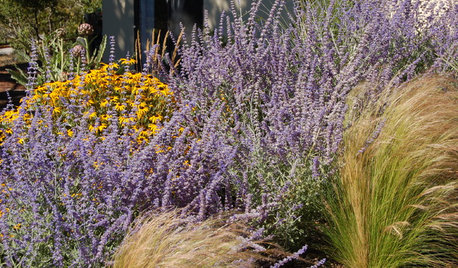
CALIFORNIA GARDENINGSouthern California Gardener's November Checklist
Sow wildflower seeds while ye may, give berries some love and pay attention to produce for garden veggies all winter long
Full Story0

CENTRAL PLAINS GARDENINGCentral Plains Gardener's January Checklist
Sow your garden dreams while poring over seed and plant catalogs and maybe getting crafty in the shed
Full Story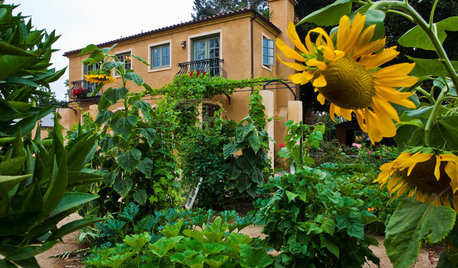
REGIONAL GARDEN GUIDESTexas Gardener's April Checklist
Get your sowing and planting on — spring brings a tantalizing array of possibilities in the garden
Full Story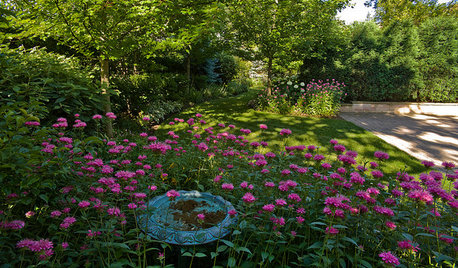
LANDSCAPE DESIGNExuberant Self-Seeders for Gorgeous, Easy-Care Gardens
Keep weeds down, color high and maintenance low with beautful plants that sow themselves
Full Story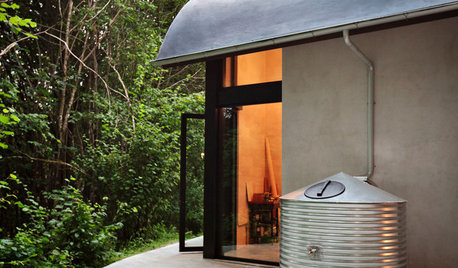
GARDENING GUIDESTexas Gardener's May Checklist
Be especially water wise this month as you sow seeds, tend to your lawn and plant edibles, grasses and flowers
Full Story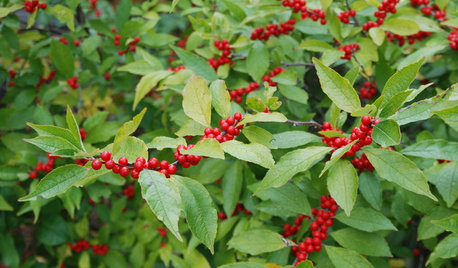
WINTER GARDENINGFire and Ice: 8 Plants That Blaze Once Frost Hits
Not everything in the garden sleeps in the cold — these plants rise and shine in fall and winter, bringing bright color to beat the blahs
Full Story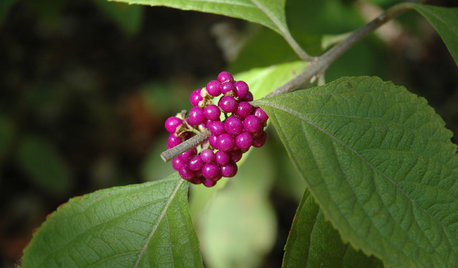
GARDENING GUIDESGreat Design Plant: Nourish Wildlife With American Beautyberry
The bright purple berries of Callicarpa americana feed winged beauties and make the Southeast U.S. native a fall garden standout
Full Story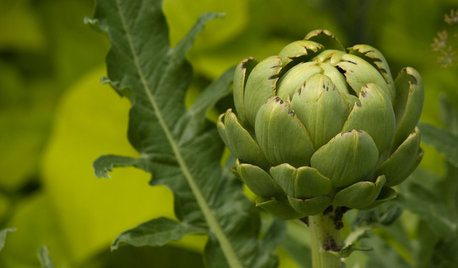
GARDENING GUIDESYour Garden Is Stirring — Here’s What to Do in February
February is a good time to start seeds, shape up shrubs and watch for the earliest blooms. Here’s what to do in your part of the U.S. now
Full Story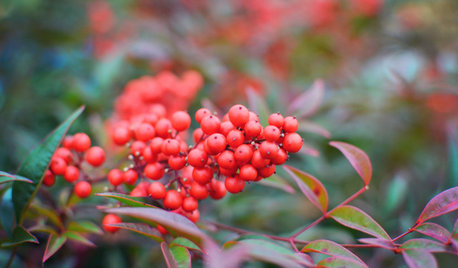
WINTER GARDENINGNew Year, New Landscape — What to Do in Your January Garden
Whether you've resolved to make over your garden or just enjoy it more, these tasks can help
Full StorySponsored
Leading Interior Designers in Columbus, Ohio & Ponte Vedra, Florida
More Discussions






soonergrandmom
jlhart76
Related Professionals
White Oak Landscape Architects & Landscape Designers · Bridgeview Landscape Contractors · Brockton Landscape Contractors · Hoffman Estates Landscape Contractors · Lakeville Landscape Contractors · New Baltimore Landscape Contractors · Pleasanton Landscape Contractors · Shaker Heights Landscape Contractors · Tacoma Landscape Contractors · Goldenrod Landscape Contractors · Bloomington Decks, Patios & Outdoor Enclosures · Fort Lee Decks, Patios & Outdoor Enclosures · Jackson Decks, Patios & Outdoor Enclosures · Prichard Decks, Patios & Outdoor Enclosures · Watauga Decks, Patios & Outdoor Enclosuressoonergrandmom
elkwc
soonergrandmom
Okiedawn OK Zone 7
ilene_in_neok
farmgardener
MelissaOriginal Author
soonergrandmom
Lisa_H OK
susanlynne48
MelissaOriginal Author
elkwc
soonergrandmom
elkwc
soonergrandmom